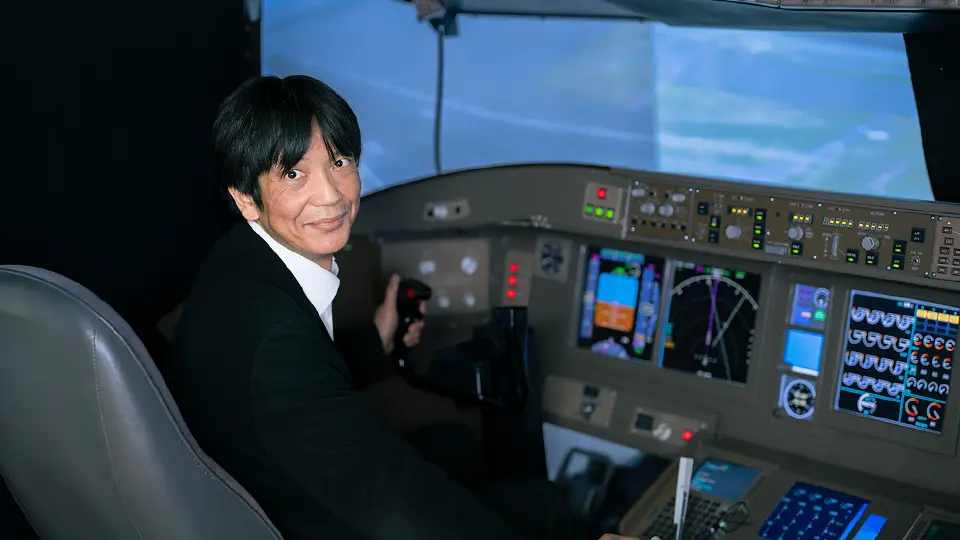

- Head of the Department of Aeronautics and Astronautics
- TSUCHIYA, Takeshi
To all applicants to the Department of Aeronautics and Astronautics
The history of aerospace began with the Wright Brothers' flight, lasting only 12 seconds and covering 36 meters in 1903. Following this inaugural flight, aeronautical engineering advanced significantly: just 24 years later, the first nonstop transatlantic flight was achieved; 44 years later, aircraft surpassed the speed of sound; 54 years later, the first flight into space was accomplished; and within 66 years, humankind succeeded in landing on the moon. Airplanes, once a symbol of challenge and adventure, have become essential modes of transportation in our daily lives. Space utilization, for weather forecasting, communication, and global positioning, has become integral to our infrastructure. Aerospace engineering, encompassing a broad spectrum of engineering disciplines, is dedicated to creating aircraft, spacecraft, satellites, propulsion engines, and other related technologies.
In the Department of Aeronautics and Astronautics, students gain knowledge in aerodynamics, materials engineering, structural mechanics, flight dynamics, control engineering, propulsion engineering, reliability and safety engineering, among other specialized fields. These studies are based on fundamental courses in mathematics, physics, and chemistry. Our department also emphasizes practical training and design education for comprehensive engineering, integrating specialized technologies in a cross-disciplinary manner. Final-year undergraduate students engage in a graduation design course, in addition to their graduation research. They choose a project area from among aircraft, spacecraft, reciprocating engine, jet engine, or rocket engine, define its fundamental specifications, and complete detailed design drawings. Recently, there has been a surge in student interest in manufacturing nano-satellites and drones (Unmanned Aerial Vehicles). Graduate students have opportunities for advanced research at various campuses and institutes, including the Hongo Campus, the Research Center for Advanced Science and Technology (Komaba Campus), the Graduate School of Frontier Sciences (Kashiwa Campus), and the JAXA Institute of Space and Astronautical Science in Sagamihara. Since the foundation of our department in 1920, more than 4000 graduates have made significant contributions in diverse areas, including aerospace, automotive, electronics, energy, and information and communication. Their successes can be attributed to their training in system integration and project management, key aspects of comprehensive engineering.
Today, the aviation industry faces significant challenges in safety, efficiency, and environmental compatibility to achieve sustainable development. Innovations are imperative in areas such as carbon-neutral aviation fuels and engines, electrification, and the development of new technologies in materials, structures, design methods, and operating procedures. Concurrently, drones and flying cars are emerging as new entrants in the field. In the space sector, businesses led by the private sector are experiencing rapid expansion. We are advancing space utilization with smaller, more sophisticated satellites, electric propulsion systems, AI, and the continual development of new technologies. Humans are now focused on exploring planets and asteroids, conducting space observations, and embarking on manned missions to the Moon and Mars. Our dreams continue to expand.
An insatiable passion and a spirit of exploration are paramount. Let's explore the skies and space together!
